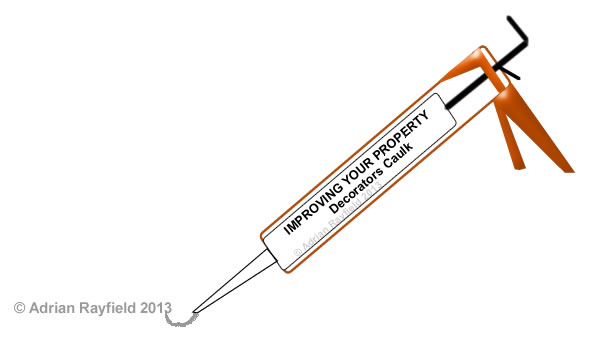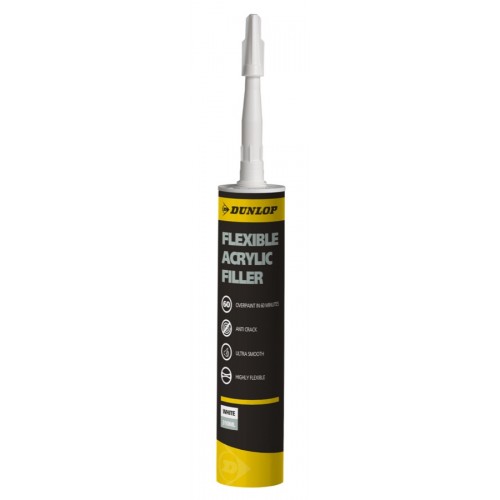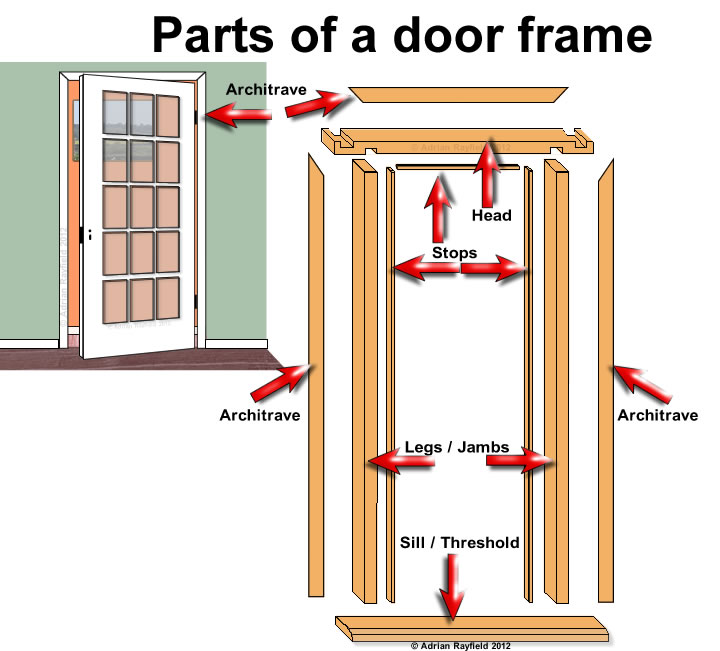Painting, decorating and home improvement tips blog
What is decorators caulk
Posted by Adrian
February 22nd, 2019
What is decorators caulk / filler
Decorators caulk is a decorating gap filler, is made of an acrylic and is flexible once dried. It is ideal for areas that have movement but cannot be used like a powder filler and cannot be rubbed down, it can be painted over. It is the best kept decorators secret ever, my wife had never heard about “flexi-filler” as she calls it until I met her.
Notice the spelling also, it is decorators caulk, not cork.
What is decorators caulk used for
Decorators caulk, or decorators filler as it’s sometimes called is used for filling gaps around door and window frames, along the top of skirting boards, gaps around the ceiling and coving line and is ideal for using if there is movement due to it’s flexible properties.

Use decorators caulk for:
- Around Door frames
- Around Window frames (Wood or UPVC)
- Skirting boards
- Ceiling and wall line
- Around coving
- Staircases
- Interior wall corners
How long does decorators caulk take to dry
This is dependent on many factors such as room temperature and humidity, size of gap filled and porousness of where it has been applied. The drying time can be anything from 20 minutes to 2 or more hours. If unsure it is best to leave for a few hours before over painting it.
How to use decorators caulk
Decorators caulk is easy to use, we have written a post detailing how to use decorators caulk on our other blog DIY By Design so there isn’t any need to cover it in depth here.
Why does decorators caulk crack
Decorators caulk may crack if the gap you filled is too large, it may also sink or shrink slightly. If this is the case apply a second layer of caulk over the top of the first one.
If the caulk has cracked or crazed when you have painted it, this could be you didn’t leave it long enough for it to dry.
It isn’t uncommon for paint to crack or craze on top of the filler, this is mostly a problem for emulsions, a simple solution is to paint over the caulk with a non-vinyl paint, such as an acrylic primer.
Update
I have done a review on a caulk that doesn’t crack or craze, I have been using it for a while and the results are good.
Read my Review Of Dunlop Pro Decor Flexible Acrylic Filler Caulk here. And if you would like to buy some for yourself you can buy Dunlop Pro Decor Flexible Filler caulk from here.

Tags: Acrylic, caulk, Caulking, Ceiling, Coving, Decorators Caulk, DIY, Door, Filler, Frame, Handyman, Skirting Boards, Window
Posted in Decorating Tips, Home Improvements | 1 Comment »
Parts of a door frame
Posted by Adrian
February 12th, 2013
Parts of a door frame
If you have ever been around a builder or in a timber yard or a DIY store you may of heard some terms that you are unsure of there meaning or what they are. You may think a door frame is just that, simply called a door frame. Well, you’ll be wrong, there are many parts that make up a door frame and I will explain them below.
A door frame is typically made out of wood for internal door frames, both hard and soft woods are used, hard wood such as oak is more expensive than the cheapest option of pine. External door frames can be made out of wood, metal or plastic, this will depend on the type of door you have. In this post I am talking about an internal soft wood door frame.

Door frame
An internal door frame is commonly made out of softwood such as pine, it is smooth planed timber and is known as a door frame, a door casing or door lining. It doesn’t matter what you call it, they are all the same thing. The frame comes in different depths to suit different wall thickness. The door frame is made up from several parts, a head, legs or Jamb, a sill or threshold and door stops. The frame is then finished off with a moulding called an architrave.
The door frame set
If you bought a new door frame you would buy a door frame “set” which includes all the parts to build the door frame, the set will have a head, two legs or jambs and door stops, you do not get any architrave in the set and will have to be bought separately. I will explain each part of the set below.
Door frame – head
The head is the top of the door frame, it allows to two side members of the frame, the legs/jamb to fit into a grove. The door frame head has grooves cut into it at two widths allowing you to choose the width of opening, if the inner groves are used the wood sticking out beyond the frame, known as horns, can be sawn off.
Door frame – legs / jambs
The door frame upright parts are called legs or jambs, in a finished frame one side has the hinges screwed into it and the other side has the door lock keep fitted to it. Some frame legs are rebated so a door stop isn’t required as the rebate makes the stop.
Door frame – door stop
The door stop is a thin piece of wood that is fixed to the inside of the leg / jamb, it’s job as the name suggests is to stop the door. With out a door stop the door can’t be halted and would rip of it’s higes. If the leg / jamb has a rebate a door stop isn’t required.
Door frame – sill / threshold
The door frame sill or threshold is the horizontal part at the bottom of the legs / jambs, this isn’t normally found in interior frames but can be seen on external door frames. It’s purpose is to give the frame rigidity and to help channel the water away as it runs off the door. It’s also the part you carry the bride over once you are married.
Architrave trim
Architraves are decorative mouldings. Not bought in a door frame set, these are bought separately as they come in different sizes and styles and can match your moulding on the skirting boards.
Tags: Architrave, Door, Door Frame, Door Frame Set, Frame, Head, Jamb, Legs, Stop
Posted in Decorating Tips | 6 Comments »
